Australia offers several visa options for parents of Australian citizens and permanent residents who wish to reunite with their family. These visas provide different pathways, from temporary stay options to permanent residency. The right visa will depend on factors such as processing times, costs, and whether the applicant is onshore or offshore.
1. Parent Visa (Subclass 103) – Permanent Residency
The Parent Visa (Subclass 103) is a permanent visa allowing parents to live in Australia indefinitely. However, it has a very long processing times. Applicants must meet the Balance of Family Test, meaning at least half of their children must be Australian citizens, permanent residents, or eligible New Zealand citizens living in Australia.
Key Features:
- Permanent residency status
- Access to Medicare and social benefits
- Eligibility for Australian citizenship after meeting residency requirements
Challenges:
- Extremely long waiting times
- High demand, leading to processing delays
2. Contributory Parent Visa (Subclass 143 & 173) – Faster Processing but Higher Cost
The Contributory Parent Visas are designed for parents willing to pay higher application fees in exchange for faster processing (typically 12–14 years instead of decades).
- Subclass 143 (Contributory Parent Visa – Permanent): Grants permanent residency immediately after approval.
- Subclass 173 (Contributory Parent Visa – Temporary): A two-year temporary visa that allows holders to live in Australia while applying for the permanent Subclass 143 visa. This option allows parents to split the financial burden.
Key Features:
- Faster processing than the standard Parent Visa
- Permanent residency through Subclass 143
- Medicare access and ability to work and study
Challenges:
- High visa application cost (almost over AUD $50,000 per person)
- Balance of Family Test requirement
3. Sponsored Parent (Temporary) Visa (Subclass 870) – Long-Term Stay but No PR
The Subclass 870 Sponsored Parent Visa allows parents to live in Australia for up to 10 years but does not lead to permanent residency. This visa is suitable for parents who wish to stay for extended periods but do not meet PR requirements.
Key Features:
- Can stay for 3 or 5 years initially, renewable up to 10 years
- No Balance of Family Test required
- Parents must have an Australian citizen or PR child sponsor who meets financial requirements
Challenges:
- No pathway to PR
- Cannot work in Australia
- Visa fees range from approximately AUD 6,000 to AUD 12,000 per person
4. Aged Parent Visa (Subclass 804 & 884/864) – For Parents Over Pension Age
The Aged Parent Visa (Subclass 804) is for parents old enough to qualify for Australia’s Age Pension. It allows applicants to stay in Australia on a Bridging Visa while waiting for processing, but the wait can still be decades.
Alternatively, the Contributory Aged Parent Visa (Subclass 884/864) provides faster processing at a higher cost.
Key Features:
- Suitable for older parents
- Allows applicants to remain in Australia while waiting for processing
Challenges:
- Long waiting times (except for contributory pathways)
- Expensive for contributory visas
Conclusion
Parents of Australian citizens and PR holders have various visa options, from permanent residency visas to temporary long-stay visas. The right choice depends on budget, eligibility, and waiting times. Families should consider financial costs and legal advice when selecting the best visa pathway for their circumstances.

